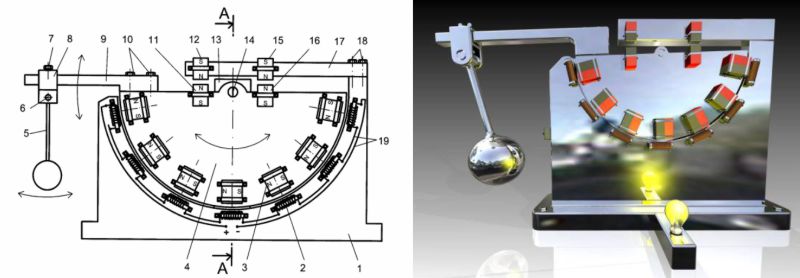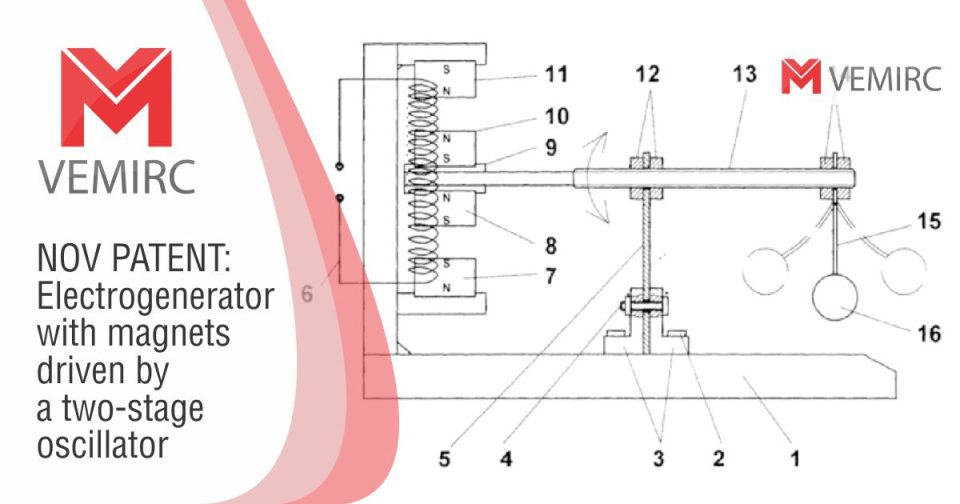
New scientific paper: Energy turning-point – Natural oscillations instead of artificial, less efficient rotations

RTS – STARS AND SOLDIERS: Lagooms of Petrovaradin Fortress (VIDEO)
August 3, 2014
The two-stage mechanical oscillator: Expansion of research in India
September 5, 2015Academician Veljko Milković published a new scientific paper on the topic "Energy turning-point - Natural oscillations instead of artificial, less efficient rotations". This paper presents a qualitative explanation of the advantages of oscillators in relation to rotational movements, as part of the explanation of super-efficiency and the principle of operation of the two-stage mechanical oscillator. In this paper, at the same time, for the first time, he presents an oscillator with an elastic pendulum.

By observing living beings, it is not hard to notice that almost all movement is oscillatory.The birds fly by flapping their wings; fish are similar as they oscillate their fins and tail. When discussing the movements of people and land animals, one can also talk about oscillatory movement. A similar situation can be found when observing internal organs.
However, the development of energetics went in a far less efficient direction by using a variety of rotational devices (turbines, propellers, rotors, flywheels, gears, straps, chains, crankshafts, etc.). The above listed artificial creations in our biosphere can in no way be more favorable than natural oscillatory devices with a pendulum, the usage of which is immeasurable.

Thus, experiments in the last few years have proven that the oscillations of a pendulum are far more efficient than rotations, and that the several centuries old preconception of the rotary principle as being perfect were wrong. In other words, the wheel, although irreplaceable in transportation, is not always the best and most efficient solution.
For now, the best results have been achieved with the flexible pendulum, which was confirmed by the official measurements conducted by the Faculty of Technical Sciences, University of Novi Sad. The new constructions of flexible pendulums enable the installing of a greater number of flexible tapes in a verified layout, thus frequencies and greater loads can be utilized – without additional friction (know-how). The solutions for magnetic-gravitational hybrids enable a greater density of energy as a result of the increase in oscillation speed, as well as during the significantly greater inertial forces of the pendulum (know-how).





